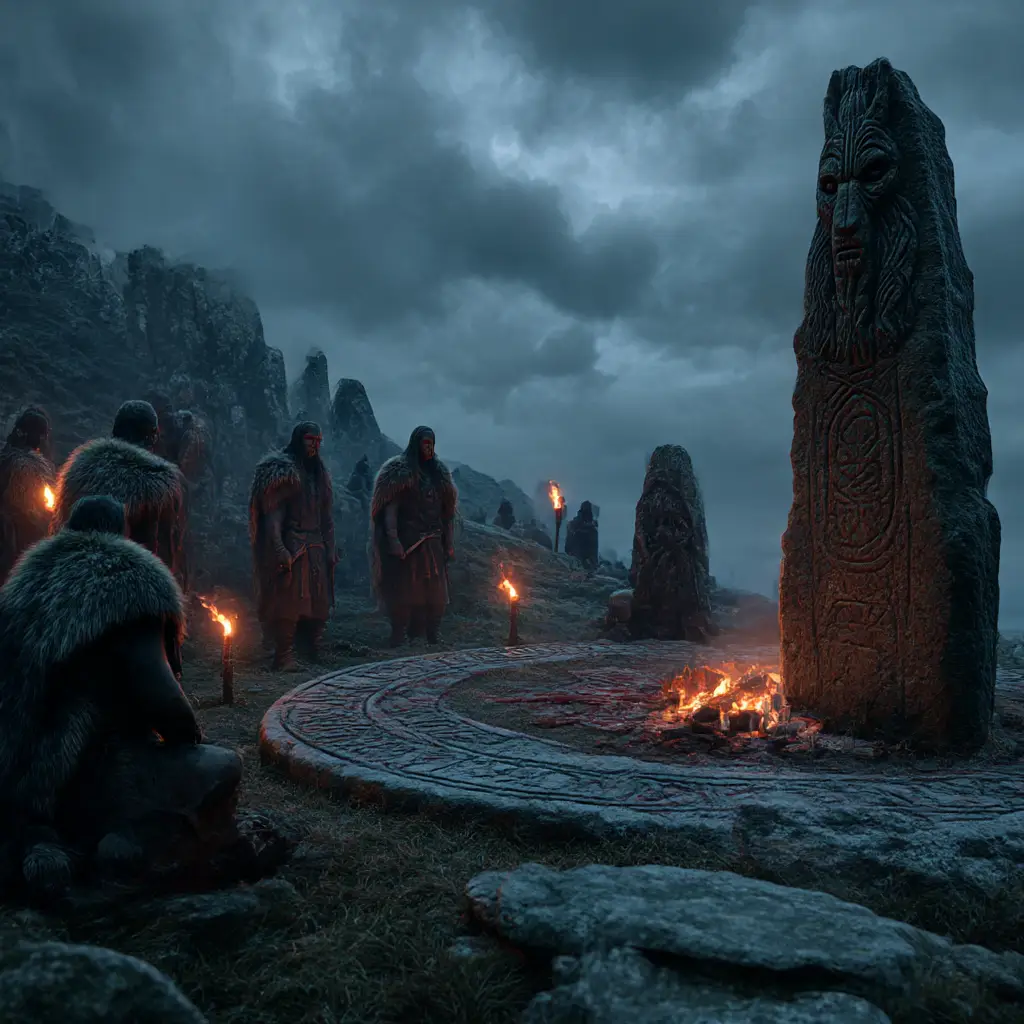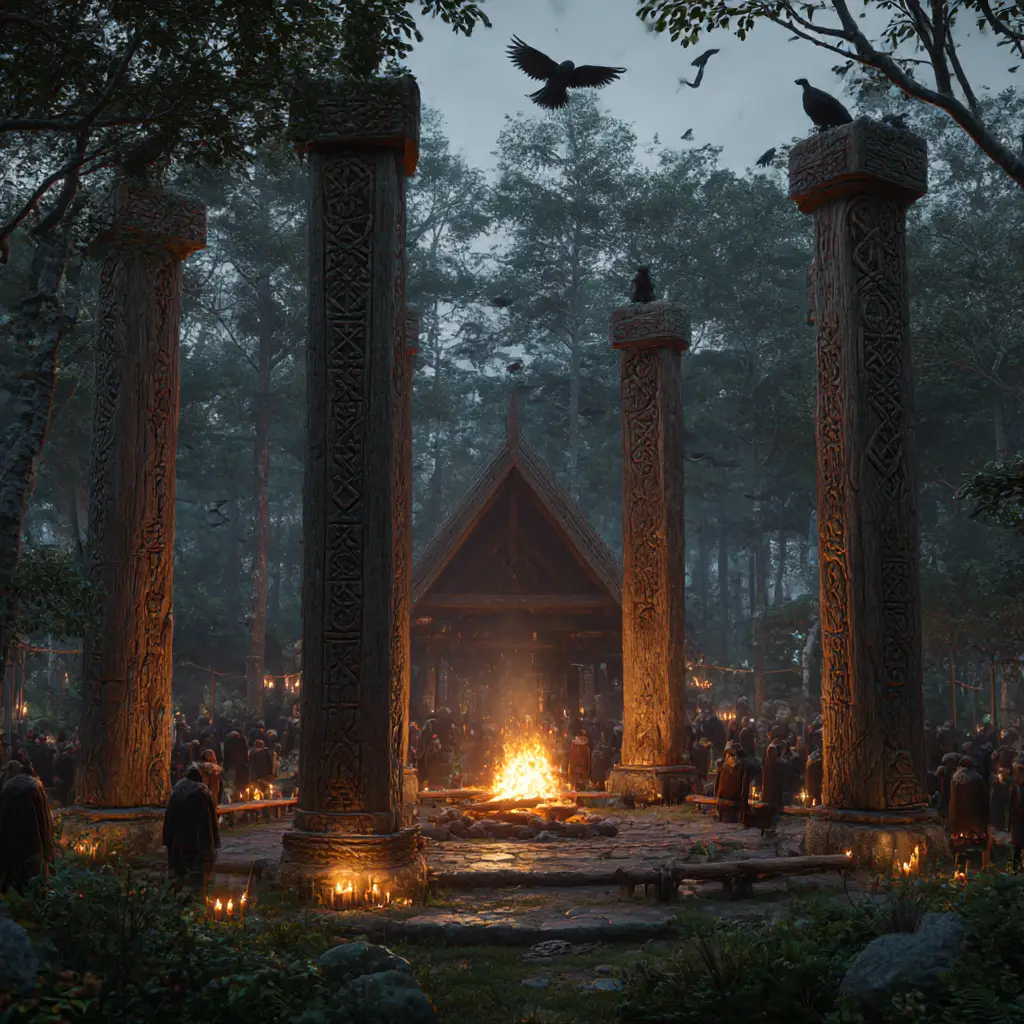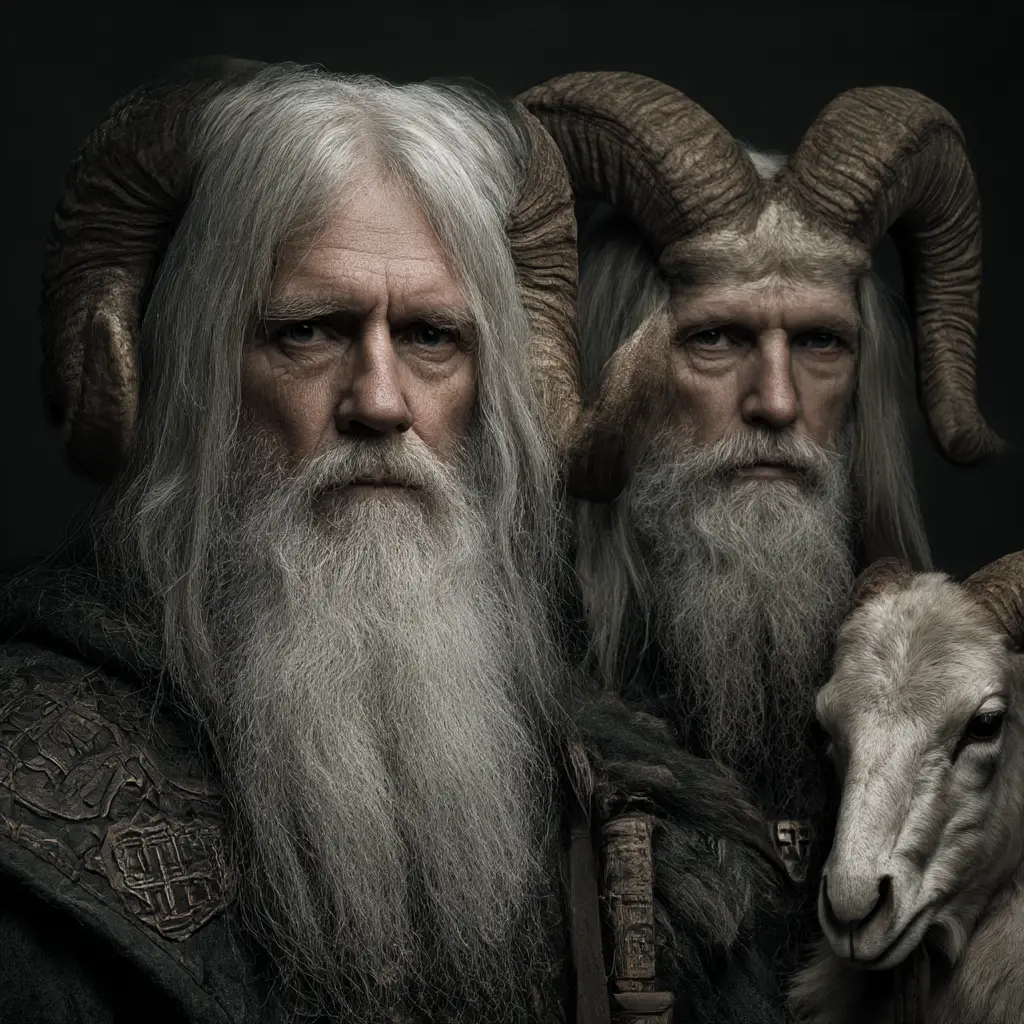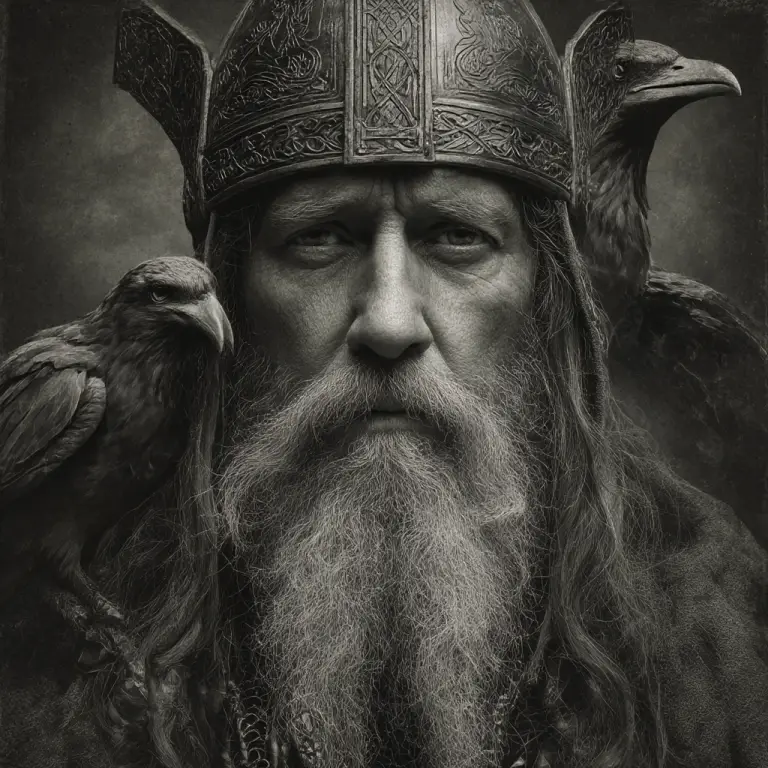Viking Religion: Beliefs, Practices, and Legacy
The religion of the Vikings was a rich and complex system of beliefs centred around a pantheon of gods, spirits, and supernatural forces. It shaped every aspect of Viking life, from daily routines to warfare, trade, and governance. Though much of it was passed down orally, archaeological discoveries and historical sources provide us with a vivid picture of their spiritual world.
The Norse Pantheon
The Vikings believed in a wide range of gods and goddesses, each with distinct personalities and domains:
- Odin — The chief god, associated with wisdom, war, magic, and poetry. He was a seeker of knowledge and often portrayed as a wanderer.
- Thor — God of thunder, storms, and protection, known for his immense strength and his hammer, Mjölnir. He was the most popular deity among ordinary people.
- Freyr — God of fertility, peace, and prosperity, connected to good harvests and well-being.
- Freyja — Goddess of love, fertility, and magic, also associated with war and the afterlife.
- Loki — A trickster figure, known for his mischief and ability to shape-shift, often causing trouble for gods and humans alike.
The Viking cosmos was divided into nine realms, with Asgard (the realm of the gods), Midgard (the realm of humans), and Helheim (the realm of the dead) being among the most significant.
Sacred Sites and Worship
Viking religious practice was largely community-based and often centred around natural features such as groves, springs, and mountains. Temples, known as hofs, were built in some communities, serving as houses of worship where offerings and sacrifices were made.
- Sacred Groves: Natural spaces considered holy, often used for open-air rituals.
- Hofs: Wooden temples, sometimes elaborately decorated, where statues of gods were kept, and sacrifices were made.
- Burial Mounds: Important leaders and warriors were buried in large mounds, sometimes with ships, weapons, and valuable items, reflecting their status and belief in an afterlife.
Rituals and Sacrifices
Ritual sacrifices, known as blóts, were central to Viking religion. These involved offerings of animals, food, weapons, and sometimes human lives to the gods, seeking their favour for fertility, victory in battle, or protection from harm.
Major seasonal festivals included:
- Yule (Midwinter): Celebrated with feasting and drinking to honour the gods and spirits of the dead.
- Midsummer: Marked by bonfires and rituals to secure good harvests and fertility.
The Thing, a public assembly where laws were made and disputes settled, often had religious undertones and could be held near sacred sites.
Afterlife and Fate
The Vikings had a strong belief in fate, known as wyrd, and saw life as being shaped by both personal action and unavoidable destiny.
After death, the soul’s destination varied:
- Valhalla: The great hall of Odin, where warriors who died bravely in battle were taken by the Valkyries.
- Fólkvangr: Freyja’s field, another realm for chosen warriors.
- Helheim: A shadowy realm ruled by the goddess Hel, where most ordinary people went after death.
- Ancestor Worship: Honouring the spirits of deceased family members was also a common practice.
Magic and Seiðr
Magic was an important part of Viking belief. Practitioners, known as völvas or seiðkonur, performed rituals called seiðr to predict the future, influence events, and connect with the spirit world. Both gods and humans were believed to use magic, though it was often seen as a dangerous and mysterious force.
Conversion and Legacy
From the late 10th century, Christianity began to spread across the Viking world, leading to the gradual decline of the old religion. By the 12th century, most Scandinavian societies had formally converted, but many pre-Christian customs, festivals, and symbols were absorbed into local Christian traditions.
Today, Viking religion continues to capture the imagination through literature, films, games, and modern pagan movements, which have revived aspects of Norse mythology and rituals.



